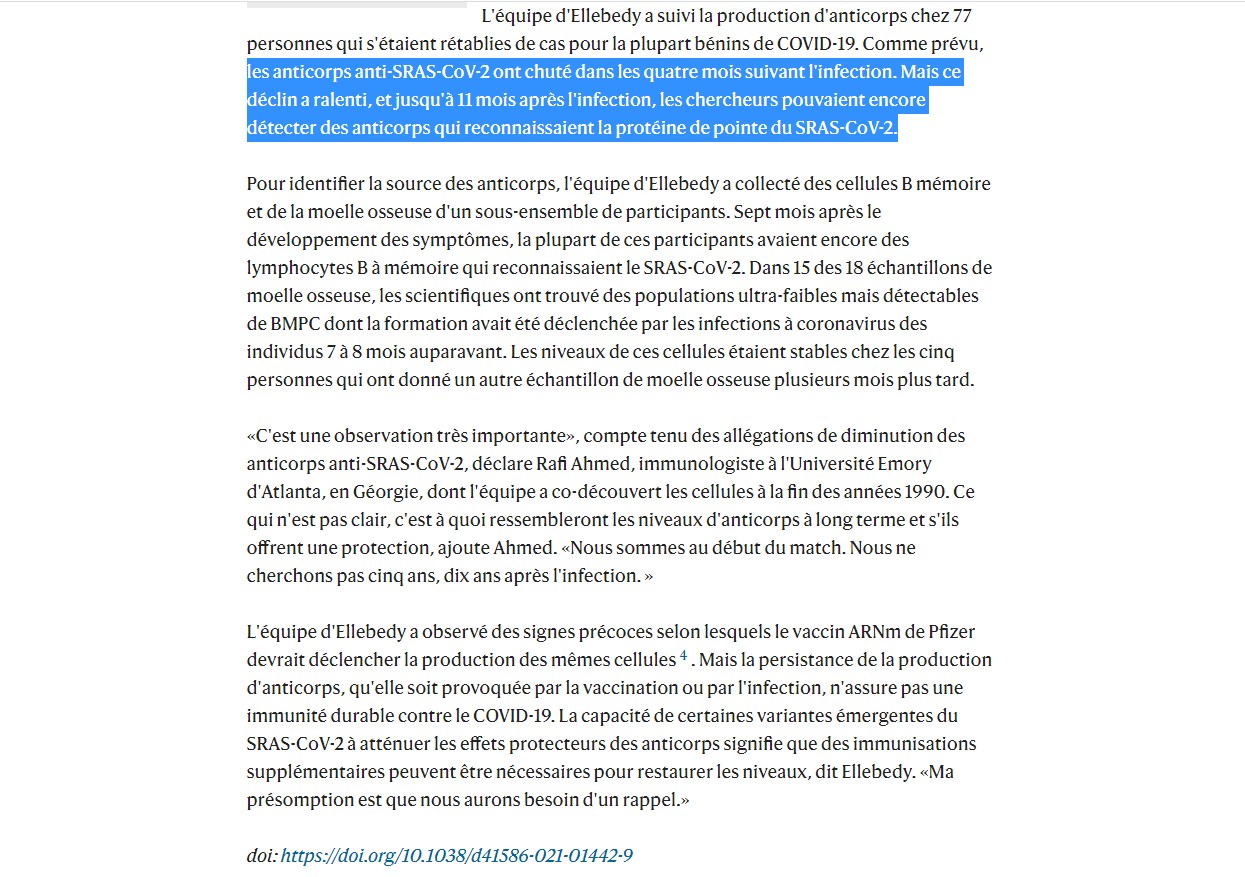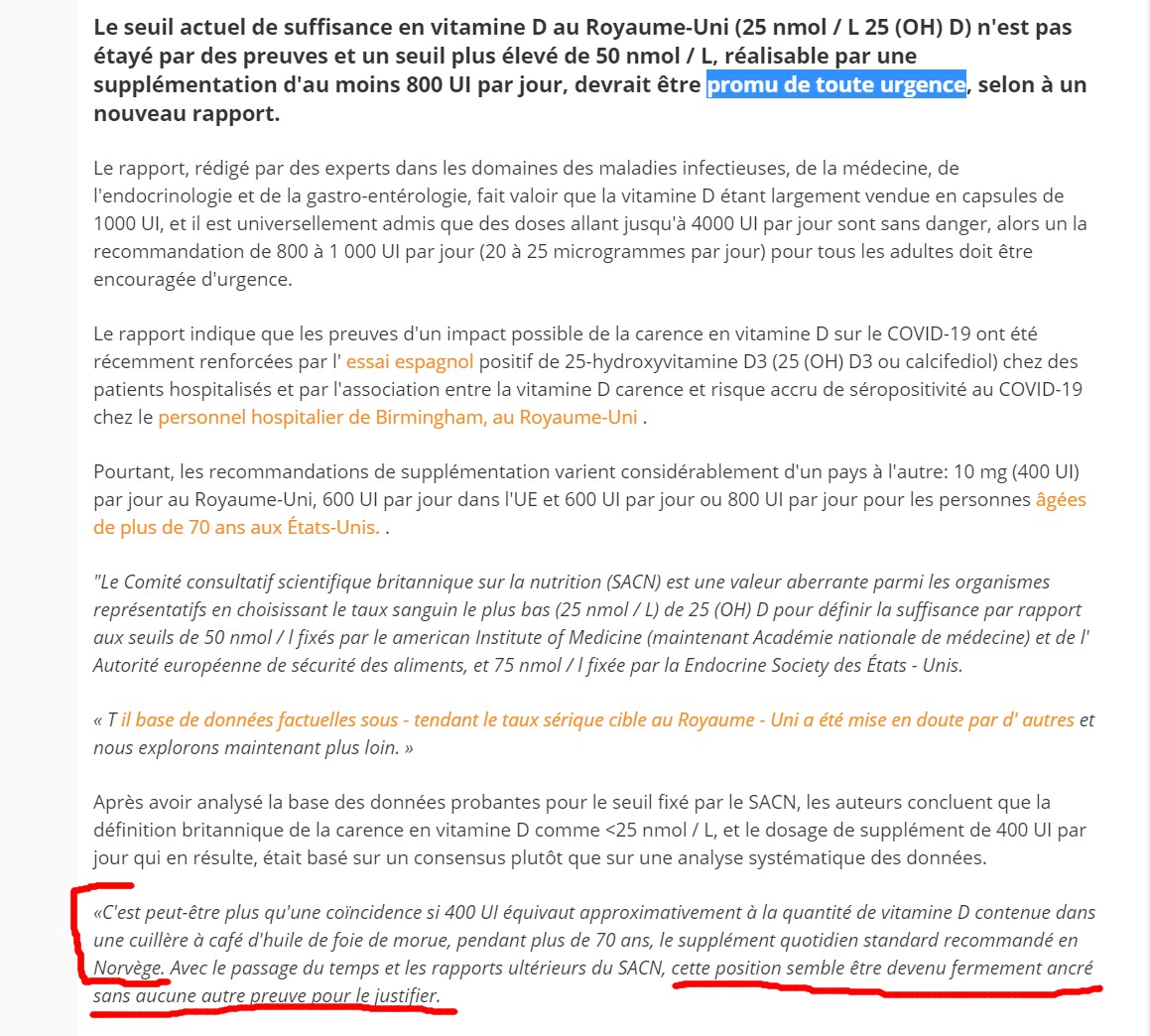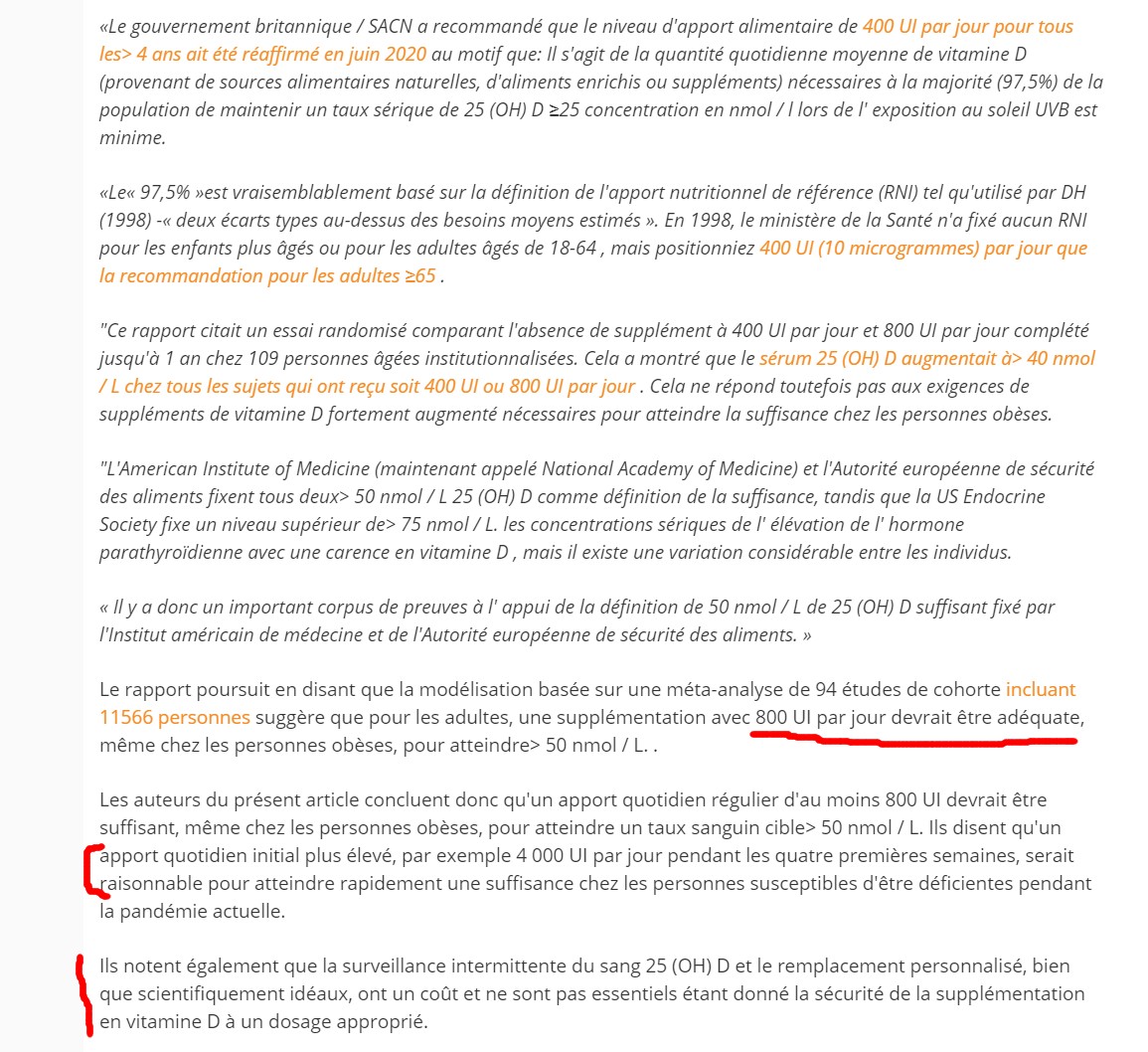Vitamin D homeostasis in obese and diabetic groups, potential backdoor for a SARS-COVID third wave in next 2021 spring
Daniel-Constantin Manolescu Applied Physiology, Nutrition, and Metabolism, Vol. 46, No. 4 (Suppl. 1): S26
Introduction: Beyond its role in calcium and bones metabolism the
Vitamin D and lipo-soluble micronutrients (LM) are influencing
the immunity, insulin sensitivity, glucose homeostasis and overall
metabolism. We and others, found the serum retinol (ROL) and its’
transporter (RBP4) specifically altered in obesity, insulin resistance
(IR) and diabetes (T2DM), all high risk co-morbidities for COVID-19.
Recent studies have documented up-to 78% higher CoV2 incidence
and issues in Vitamin D deficient (≤ 25 nmol/L), deprived (25-49 nmol/L)
or insufficient (50-74 nmol/L) patients. Northern Latitudes being
another lowering vitamin D factor, we sought to perform a vitamin D
evaluation in Montréal obese & diabetic populations.
Hypothesis:
Circulating vitamin D concentration might be deficient and/or
specifically altered with obesity, metabolic syndrome (MS) and diabetes.
Objective: Perform a snap random vitamin D3 (cholecalciferol)
evaluation in obese, MS & diabetic populations from Montréal
(45*N Lat).
Methods: Subjects (n=60) were divided in 4 groups: A-lean
healthy; B-obese diabetics/HbA1c > 7%; C-obese diabetics/HbA1c < 7%;
D-obese non-diabetics. Serum concentrations of Vitamins D and E
(lipo-solubility witness) measured by HPLC. Transthyretin (TTR), a metabolic state witness, measured by immune-detection.
Results: Vitamin D:
A(59.1 6 22.4 nmol/L), B(53.8 6 17.8 nmol/L), C(80.3 6 30.9 nmol/L),
D(44.3 6 18.4 nmol/L); Vitamin E: A(30.9 6 8.2 lmol/L), B(30.9 6
11.7 lmol/L), C(39.3 6 10.1 lmol/L), D(30.8 6 6.0 lmol/L); TTR: A(5.0 6
0,7 lmol/L), B(5.3 6 0.9 lmol/L), C(5.4 6 1.0 lmol/L), D(4.9 6 0.7 lmol/L).
Conclusions: After adjustment for some Vitamin D supplements,
found in the group C, all groups’ serum vitamin D were lower (insufficient-A, B, C and deprived-D) than normal minima (75 nmol/L),
healthy controls (A) including. Vitamin E and TTR concentrations
were normal (13.9 to 47 lmol/L and 3.6 to 7.2 lmol/L respectively)
with no inter-groups significant differences. Insufficient vitamin D
thus couldn’t be explained by diabetes only, impaired lipids absorption, the catabolic state, or by Canadian food insecurity, N Latitudes
sunlight low exposures are to be considered. Following this
research, the 2020 CoV2 lockdowns, and the winter, could only
decrease the vitamin D status in obese & diabetic groups, increasing
a CoV2 3rd-Wave risk for the 2021 Spring


















